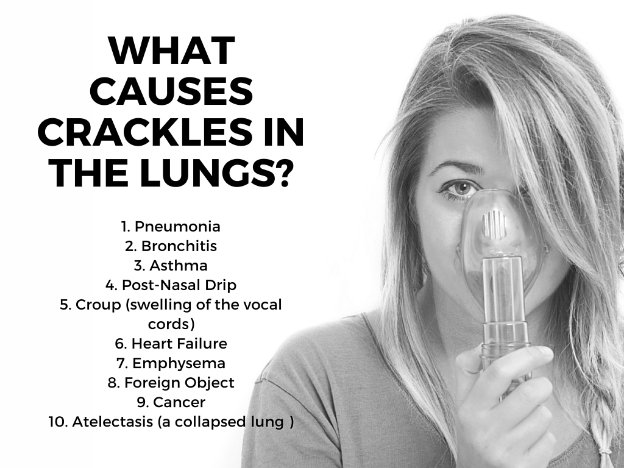
Furthermore, honeycombing on HRCT is predictive of a poor outcome not only in IPF but also in nonspecific interstitial pneumonia and connective tissue disease-related fibrotic interstitial lung disease (ILD). Accordingly, the ATS/ERS/JRS/ALAT clinical practice guideline for IPF diagnosis 2018 recommends NOT performing a surgical lung biopsy (SLB) in patients with an HRCT pattern of UIP, while it suggests performing SLB (conditional) in patients with an HRCT pattern of probable UIP, indeterminate UIP, and alternative diagnosis of UIP. Radiological and pathological UIP diagnoses are reported to show concordances of 90–100%. Honeycombing on high-resolution computed tomography (HRCT) is a distinguishing feature of usual interstitial pneumonia (UIP), the hallmark of idiopathic pulmonary fibrosis (IPF), and must be present for a definite HRCT diagnosis of UIP to be made. Thus, auscultation routinely performed in clinical settings combined with a respiratory sound analysis may be predictive of the presence of honeycombing on HRCT. Furthermore, onset timing, number of crackles in the inspiratory phase, and F99 value of fine crackles were independently associated with the presence of honeycombing on HRCT. The acoustic properties of fine crackles distinguish the honeycombing from the non-honeycombing group.


The multivariate logistic regression analysis additionally using these cutoff values revealed an independent association of number of fine crackles in the inspiratory phase, F99 value, and onset timing with the presence of honeycombing (OR 33.907, 95% CI 2.576–446.337, P = 0.007 OR 19.397, 95% CI 2.311–162.813, P = 0.006 and OR 12.383, 95% CI 1.443–106.293, P = 0.022 respectively). In the receiver-operating characteristic curves for number of crackles and F99 value, the cutoff levels for predicting the presence of honeycombing on HRCT were calculated as 13.2 (area under the curve, 0.913 sensitivity, 95.8% specificity, 75.6%) and 752 Hz (AUC, 0.911 sensitivity, 91.7% specificity, 85.2%), respectively. On analysis, the presence of honeycombing on HRCT was independently associated with onset timing (early vs. The relationships between the acoustic features of fine crackles in inspiration phases (onset timing, number, frequency parameters, and time-expanded waveform parameters) and honeycombing in HRCT were investigated using multivariate logistic regression analysis. Lung sounds were analyzed by fast Fourier analysis using a sound spectrometer (Easy-LSA Fukuoka, Japan). Lung sounds were digitally recorded from 71 patients with fine crackles and ILD findings on chest HRCT.

Although fine crackles are common in ILD patients, the relationship between their acoustic features and honeycombing on HRCT has not been well characterized. Honeycombing on high-resolution computed tomography (HRCT) is a distinguishing feature of usual interstitial pneumonia and predictive of poor outcome in interstitial lung diseases (ILDs).


 0 kommentar(er)
0 kommentar(er)
